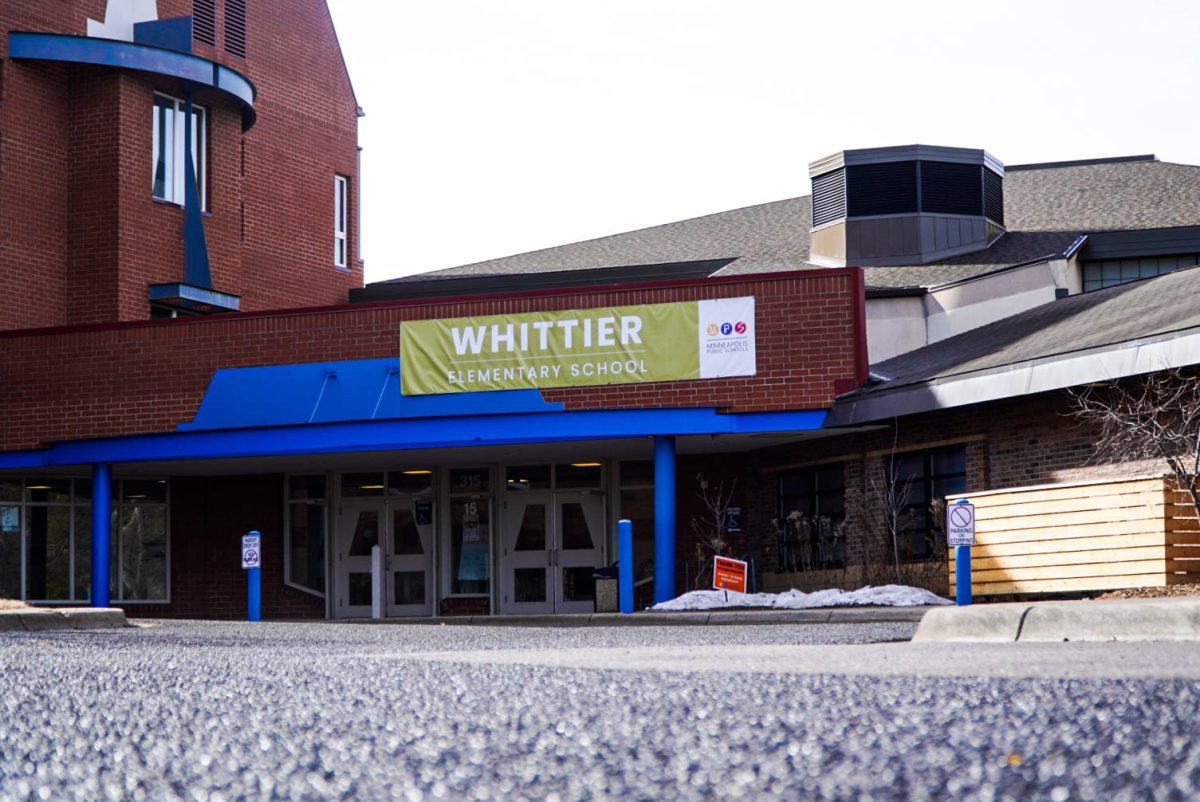The areas that make up Marcy-Holmes could change in the future as the neighborhood association looks to expand the area’s borders.
The Marcy-Holmes Neighborhood Association (MHNA) has allowed some non-residents, like business owners, to join the organization earlier this year. Now, the association wants to expand the official borders of Marcy-Holmes into the University of Minnesota area, hoping to include more faces in the neighborhood.
In June, the MHNA changed its bylaws to allow membership to non-residents in Sanford Hall and Wilkins Hall as “annexed members.” Membership was also granted to property and business owners within the boundaries of 15th Avenue Southeast, University Avenue Southeast, Oak Street Southeast and the BNSF railroad tracks, which is not currently part of Marcy-Holmes. This includes Dinkydome and 17th Avenue Residence Hall.
MHNA Executive Director Chris Lautenschlager is expected to meet with city staff later this month to discuss possible changes to the neighborhood’s borders to include these areas and eliminate the need for annexed members.
The association could also rebrand to represent multiple neighborhoods, potentially changing its name.
“Now step two is [to] figure out the border. Do we want to change the borders to make one giant neighborhood that may be named something else?” Lautenschlager said. “Or do we want to just say, this is still the University name — keep the border intact, still the University neighborhood, still the Marcy-Holmes neighborhood, but the association itself changes.”
Lautenschlager said these changes could better include business and property owners who have supported the area and could provide representation for the University neighborhood, which lacks an association.
Though current Dinkytown Business Alliance president and Dinkytown Raising Cane’s Chicken Fingers owner Kent Kramp works with Dinkytown businesses, his own business falls outside of the neighborhood borders, Lautenschlager said.
“So, it felt contradictory, it felt hypocritical, or it just kind of felt inconsistent. We like their help and their assistance, but we can’t really do much for them,” Lautenschlager said. “So that’s the main motivation behind it.”
Border changes are rare and require work with the city planning department, wrote city of Minneapolis Neighborhood Support Specialist Stacy Sorenson in an email to the Minnesota Daily.
The city has encouraged the MHNA to reach out to other University-area neighborhood associations, including the Southeast Como Improvement Association (SECIA) and the Prospect Park Association, Sorenson wrote. “Every few years a group calls us about forming a neighborhood organization to represent the University neighborhood, but at this point, none exists.”
Lautenschlager met with members of the SECIA last week to discuss these changes. SECIA has a similar agreement with the Mid-City Industrial neighborhood group to grant memberships to nonresidents. SECIA Executive Director Alex Farrell said this helps ensure representation for all neighborhoods.
“I think it’s important that people living in all neighborhoods have a neighborhood organization representing them,” said SECIA President Karl Smith.












